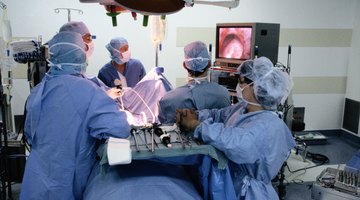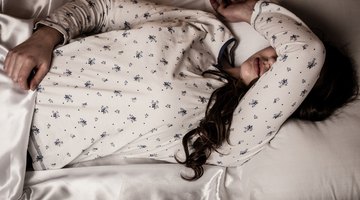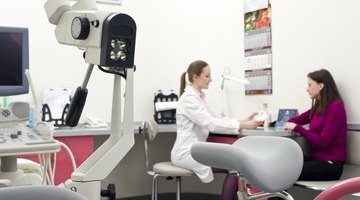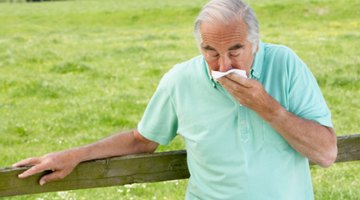Bronchial Washing Procedures
Bronchial washing is part of a procedure called a bronchoscopy, in which a physician looks into the lungs with a fiber-optic bronchoscope to check for irregularities and take tissue samples. The physician injects saline through the bronchoscope into the lung and then suctions it back out. By checking the wash return fluid, the doctor can diagnose bleeding, pneumonia, industrial pollutants, fungal infections and different kinds of lung cancer.
Patients undergoing bronchial washing usually receive topical anesthesia with sedation. Most side effects of bronchial washing are mild and include coughing, sore throat and a sleepy feeling from being sedated.
Patient Preparation
Doctors usually perform several tests before a bronchoscopy, such as X-rays and blood work.
Patients should not eat anything six to 12 hours before the bronchial washing.
They also should not drink any liquids on the day of the procedure. Patients should avoid aspirin or aspirin-containing medications, and they should refrain from smoking for at least 24 hours before the procedure. Doctors will ask patients to sign an informed consent form to verify that they understand the procedure and the risks of complications.
Sample Collection

How to Reduce Viscosity in Sperm
Learn More
Bronchial washings are usually done in a special endoscopy room. The patient is placed on a bed on her back or sometimes sitting up. The doctor will start an IVâ?? a tube connected to a vein in the armâ?
?so that he can give the patient a sedating medication.rnrnThe doctor will use a bronchoscope, a flexible tube less than one-half inch in diameter and about two feet long. It has fiber-optics inside that allow the doctor to illuminate and see inside the lung. It also has passages for irrigation and tiny instruments like brushes and forceps, which the doctor uses to obtain tissue samples from the lung.rnrnThe doctor will ask the patient to inhale a numbing mist or gargle with numbing jelly, which stops the gag reflex, before the procedure. The doctor will also coat the bronchoscope with numbing jelly. Then he will insert the scope through the nose or mouth into a bronchusâ? ?a branch of the air passages in the lung.
rnrnOnce the scope is snug inside the bronchus, the doctor will inject a small amount of normal saline into the lung air passage and suction it back out.
He may repeat this procedure several times to get an adequate sample. Normal saline is a sterile liquid that has the same saltiness as body fluids.
Laboratory Analysis
The physician will send the bronchial washing to a laboratory for examination. There the sample is smeared on glass slides so that it can be seen under a microscope, and the type and number of cells present can be counted. rnrnThe bronchial washing may also be cultured. A culture determines the presence of bacteria.
The technician places the sample into a dish that contains a jelly in which bacteria, if present, will feed on and flourish. After a few hours of culturing, any bacteria in the bronchial washings will grow into colonies, and the doctor will be able to identify what kind they are and what medications will kill them.
Recovery
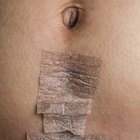
Cesarean Wound Complications
Learn More
After the procedure is over, patients are monitored for blood pressure, temperature, heart rate and breathing. Clinic staff will watch for any blood in the sputum and will not allow any food or drink for about two hours or until the gag reflex returns after the topical anesthesia wears off. The patient can then have ice chips and sips of water.rnrnIn 90 percent of bronchial washing procedures, there are no serious complications.
Patients may have a sore throat or a desire to cough after the procedure. They should contact the doctor if they cough up blood or experience difficulty breathing, fever, or chest pain.

